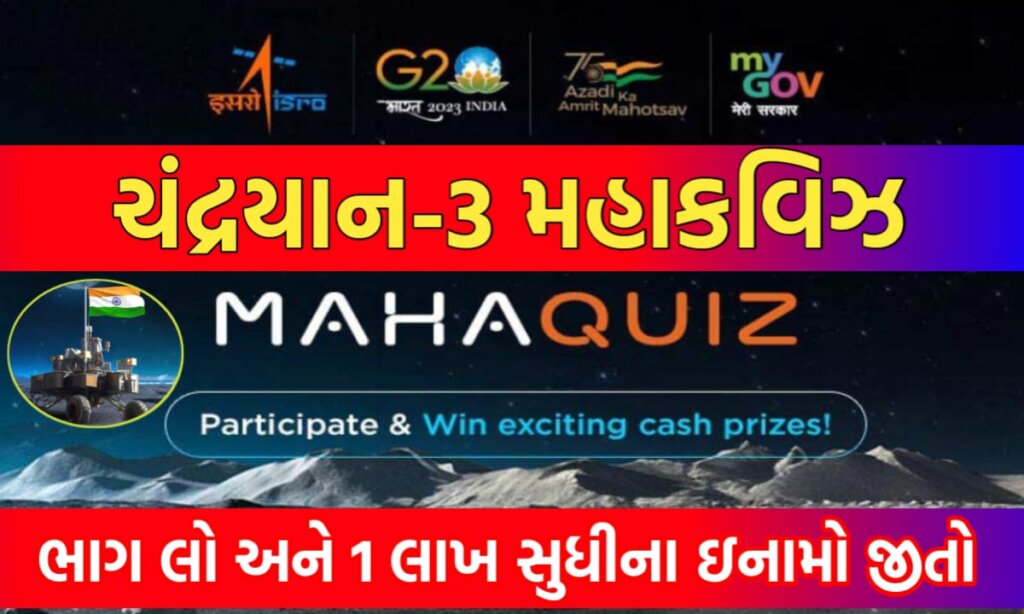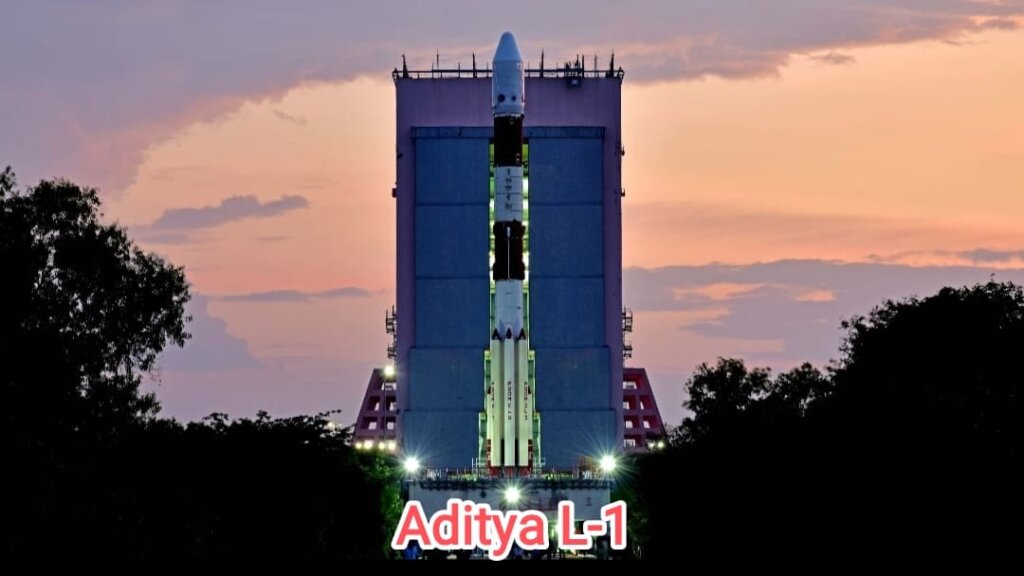Aditya-L1 shall be the first space grounded Indian charge to study the Sun. The spacecraft shall be placed in a halo route around the Lagrange point 1( L1) of the Sun- Earth system, which is about1.5 million km from the Earth. A satellite placed in the halo route around the L1 point has the major advantage of continuously viewing the Sun without any occultation/ declines. This will give a lesser advantage of observing the solar conditioning and its effect on space rainfall in real time. The spacecraft carries seven loads to observe the photosphere, chromosphere and the remotest layers of the Sun( the nimbus) using electromagnetic and flyspeck and glamorous field sensors. Using the special edge point L1, four loads directly view the Sun and the remaining three loads carry out in- situ studies of patches and fields at the Lagrange point L1, therefore furnishing important scientific studies of the propagatory effect of solar dynamics in the interplanetary medium
The suits of Aditya L1 loads are anticipated to give utmost pivotal informations to understand the problem of coronal heating, coronal mass ejection,pre-flare and flare conditioning and their characteristics, dynamics of space rainfall, propagation of flyspeck and fieldsetc.
Science Objectives: The major wisdom objects of Aditya- L1 charge are
Study of Solar upper atmospheric( chromosphere and nimbus) dynamics.
Study of chromospheric and coronal heating, drugs of the incompletely ionized tube, inauguration of the coronal mass ejections, and flares
Observe the in- situ flyspeck and tube terrain furnishing data for the study of flyspeck dynamics from the Sun.
drugs of solar nimbus and its heating medium.
Diagnostics of the coronal and coronal circles tube Temperature, haste and viscosity.
Development, dynamics and origin of CMEs.
Identify the sequence of processes that do at multiple layers( chromosphere, base and extended nimbus) which ultimately leads to solar eruptive events.
glamorous field topology and glamorous field measures in the solar nimbus.
motorists for space rainfall( origin, composition and dynamics of solar wind.
Aditya-L1 Payloads:
The instruments of Aditya- L1 are tuned to observe the solar atmosphere substantially the chromosphere and nimbus. In- situ instruments will observe the original terrain at L1. There are total seven loads on- board with four of them carrying out remote seeing of the Sun and three of them carrying in- situ observation.

| Chandrayaan 3 Maha Quiz Official Website | Click Here |
| Get Homepage | Click Here |
Aaditya L1 લોન્ચિંગ લાઈવ જોવો નીચેની સાઈટ દ્વારા
સૂર્ય યાન ઈસરોની વેબસાઇટ પર લાઈવ જોવા માટે અહીં ક્લિક કરો
સુર્ય યાન ઈસરોની યું ટ્યુબ ચેનલ પર લાઈવ જોવા માટે અહીં ક્લિક કરો
ઇસરોના ફેસબુક પેજ પર લાઈવ જોવા માટે અહીં ક્લિક કરો
Payloads along with their major capability of scientific disquisition.
| Type | Sl. No. | Payload | Capability |
|---|---|---|---|
| Remote Sensing Payloads | 1 | Visible Emission Line Coronagraph(VELC) | Corona/Imaging & Spectroscopy |
| 2 | Solar Ultraviolet Imaging Telescope (SUIT) | Photosphere and Chromosphere Imaging- Narrow & Broadband | |
| 3 | Solar Low Energy X-ray Spectrometer (SoLEXS) | Soft X-ray spectrometer: Sun-as-a-star observation | |
| 4 | High Energy L1 Orbiting X-ray Spectrometer(HEL1OS) | Hard X-ray spectrometer: Sun-as-a-star observation | |
| In-situ Payloads | |||
| 5 | Aditya Solar wind Particle Experiment(ASPEX) | Solar wind/Particle Analyzer Protons & Heavier Ions with directions | |
| 6 | Plasma Analyser Package For Aditya (PAPA) | Solar wind/Particle Analyzer Electrons & Heavier Ions with directions | |
| 7 | Advanced Tri-axial High Resolution Digital Magnetometers | In-situ magnetic field (Bx, By and Bz). |

Congratulations
great